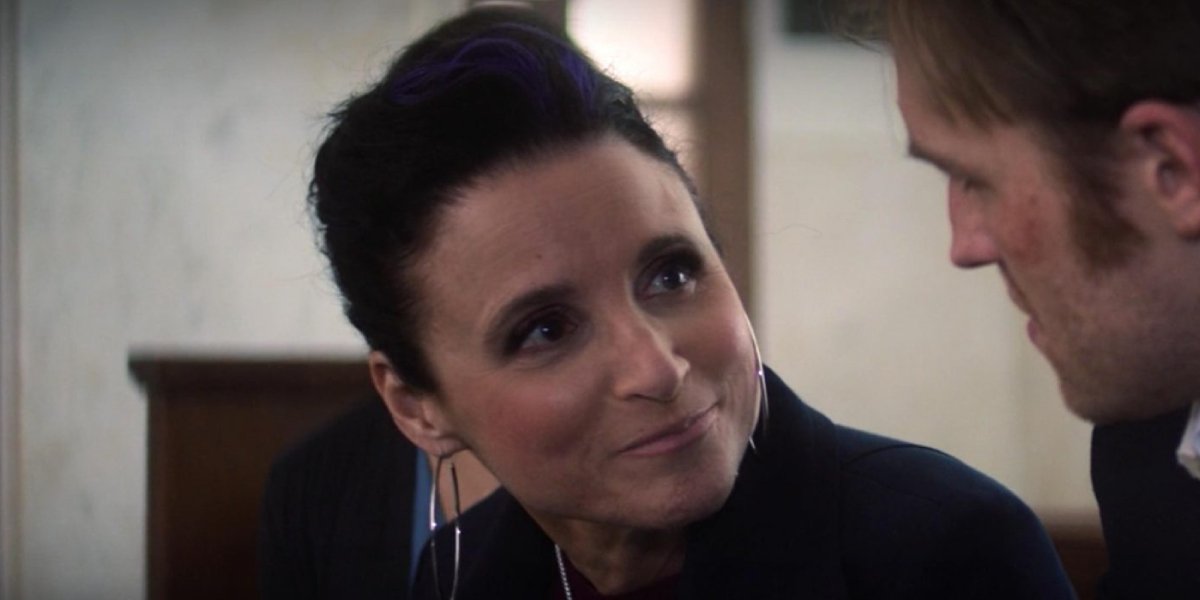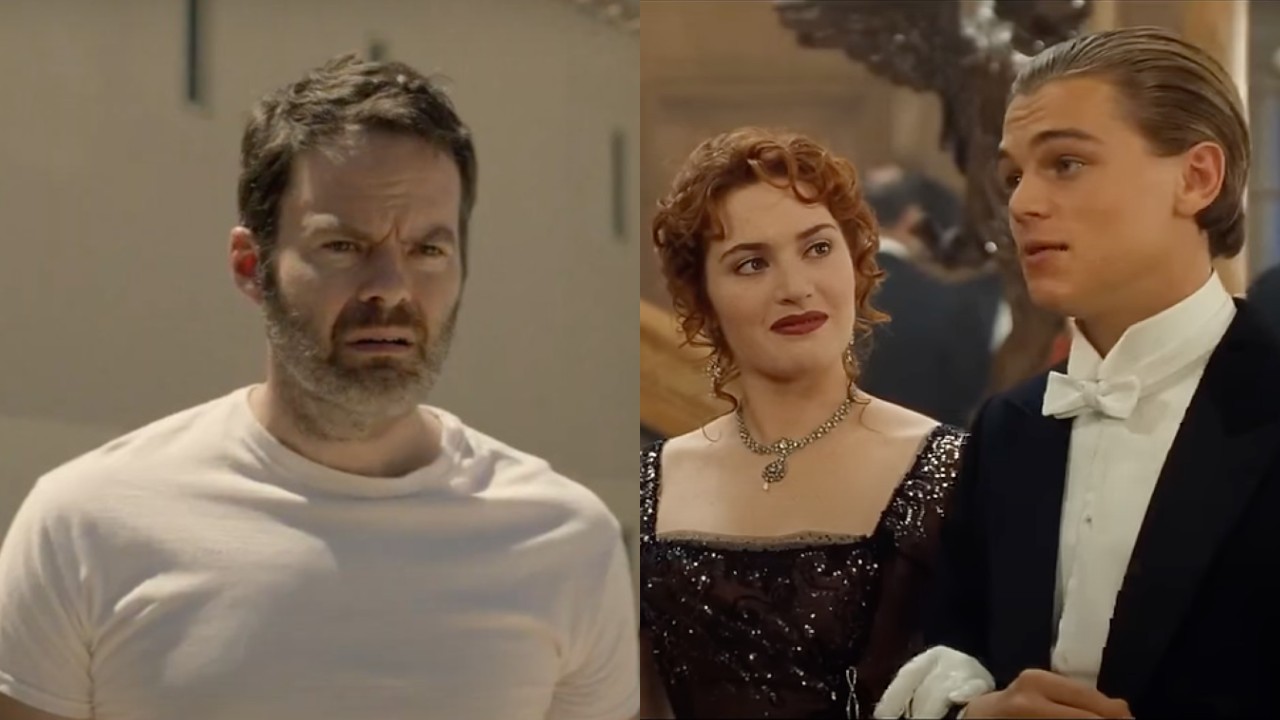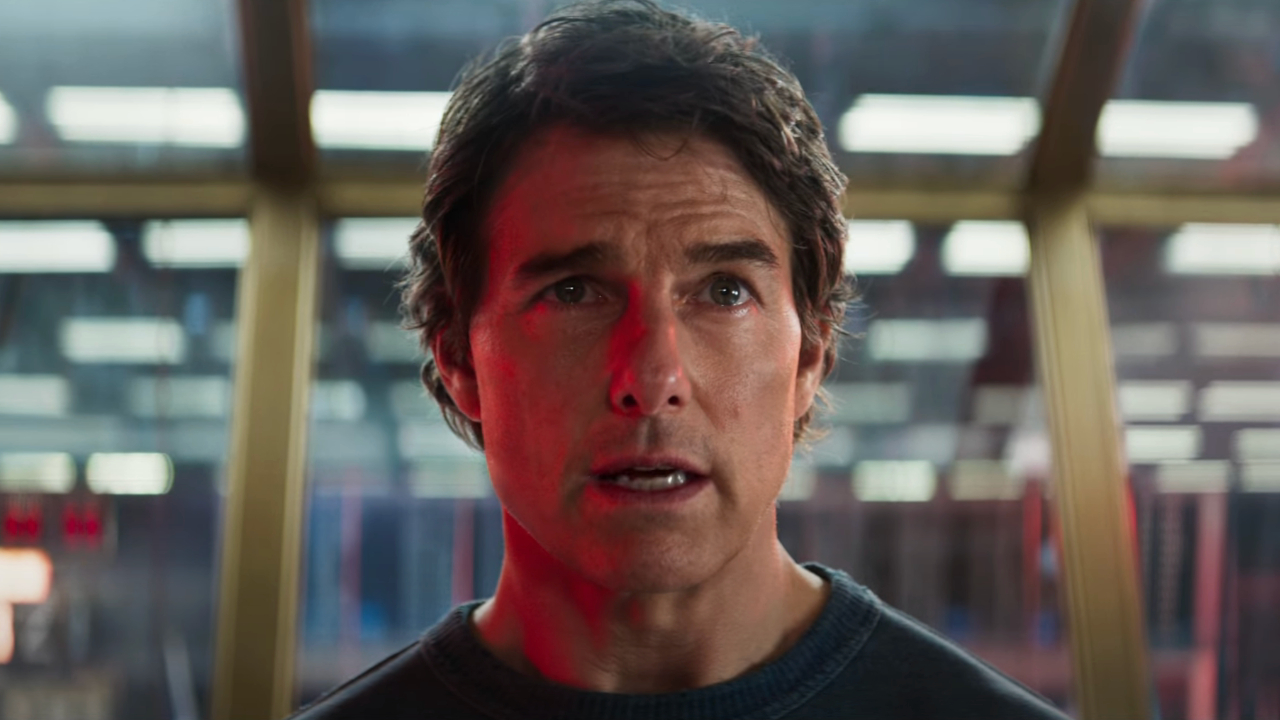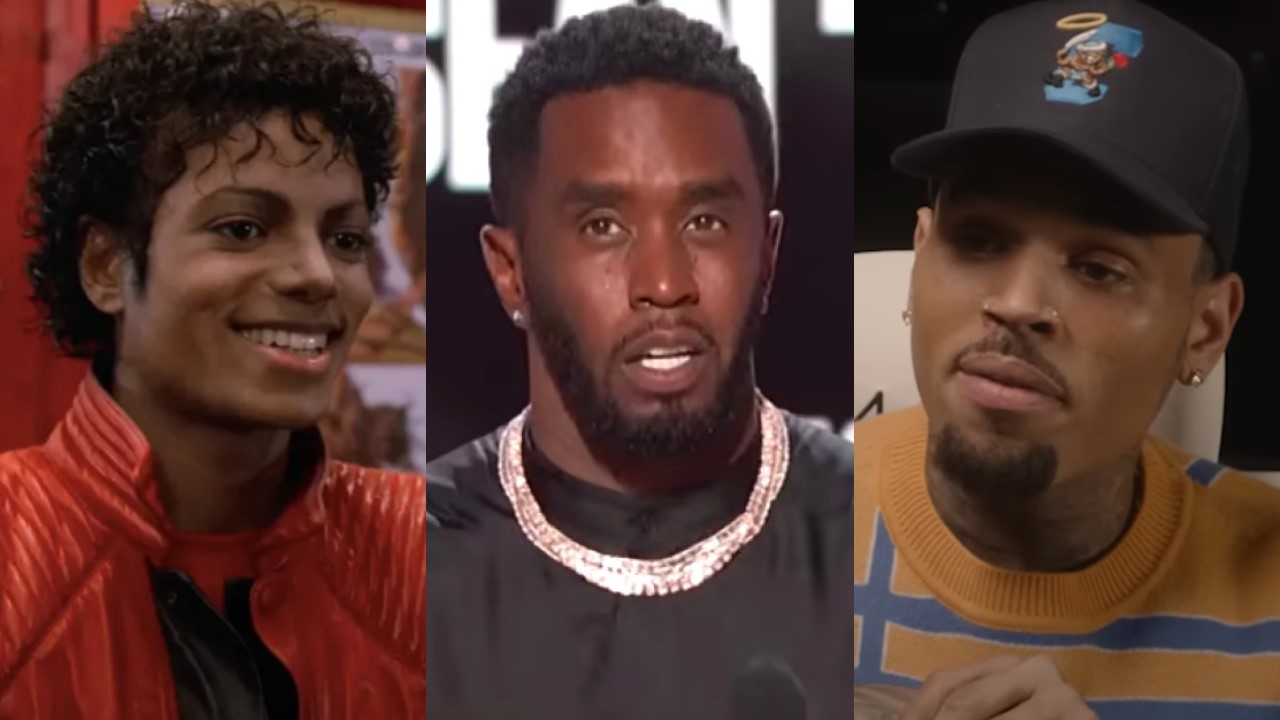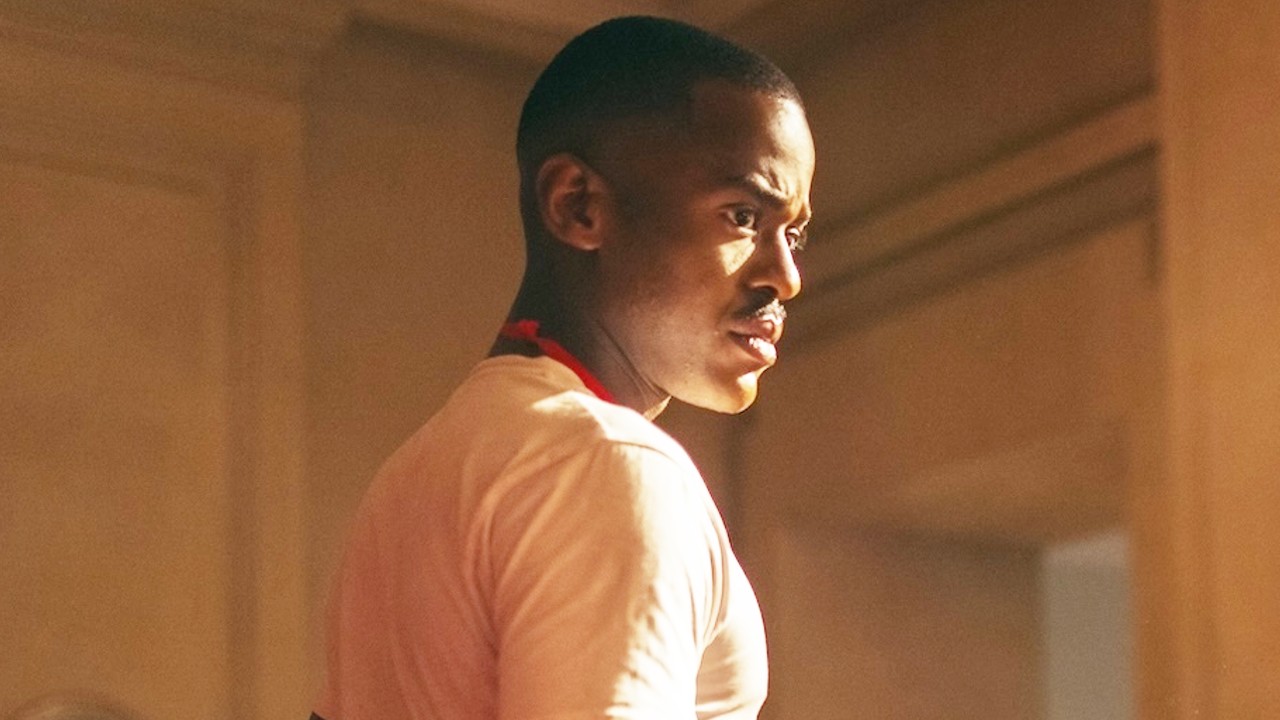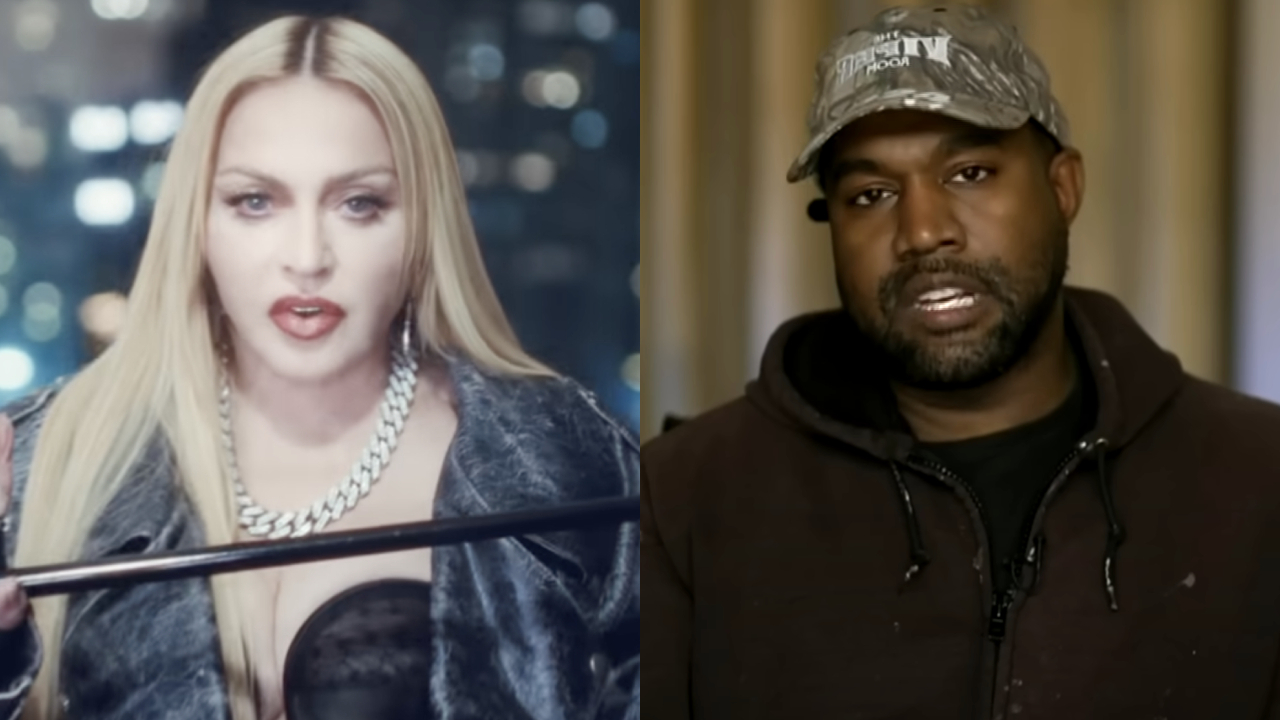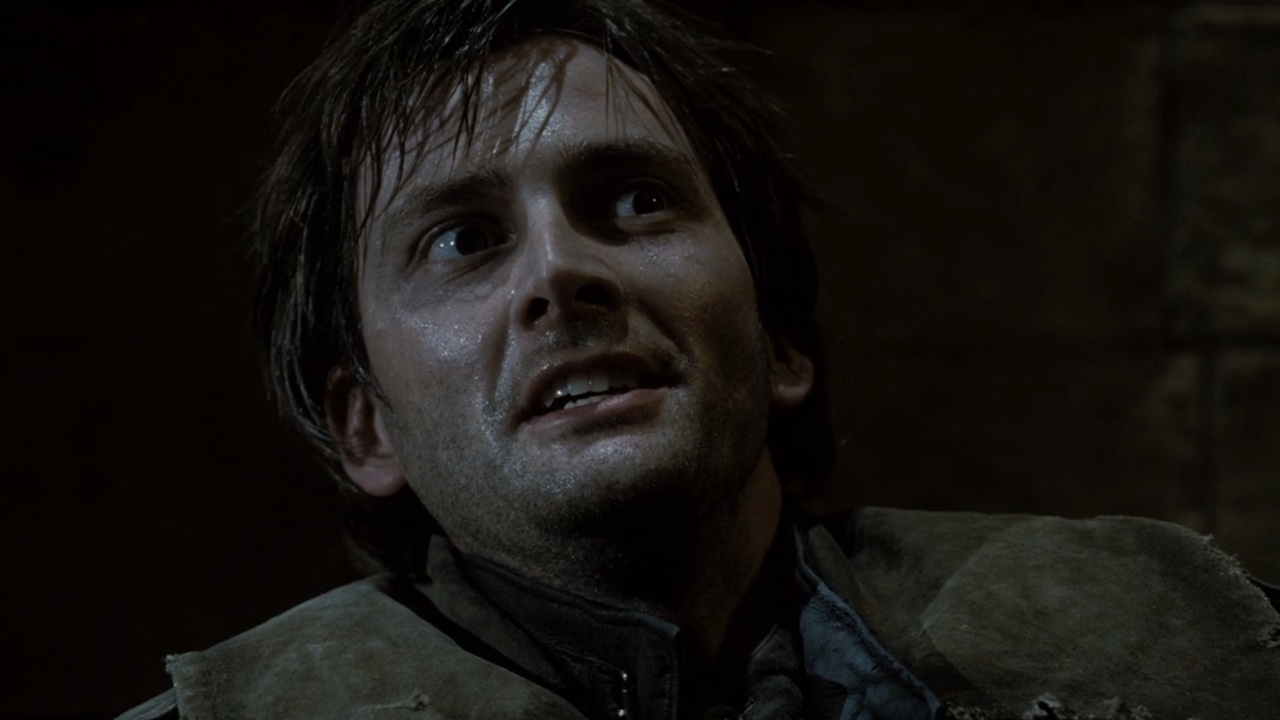What Is Marvel's Multiverse: 4 Things To Know From The Comics
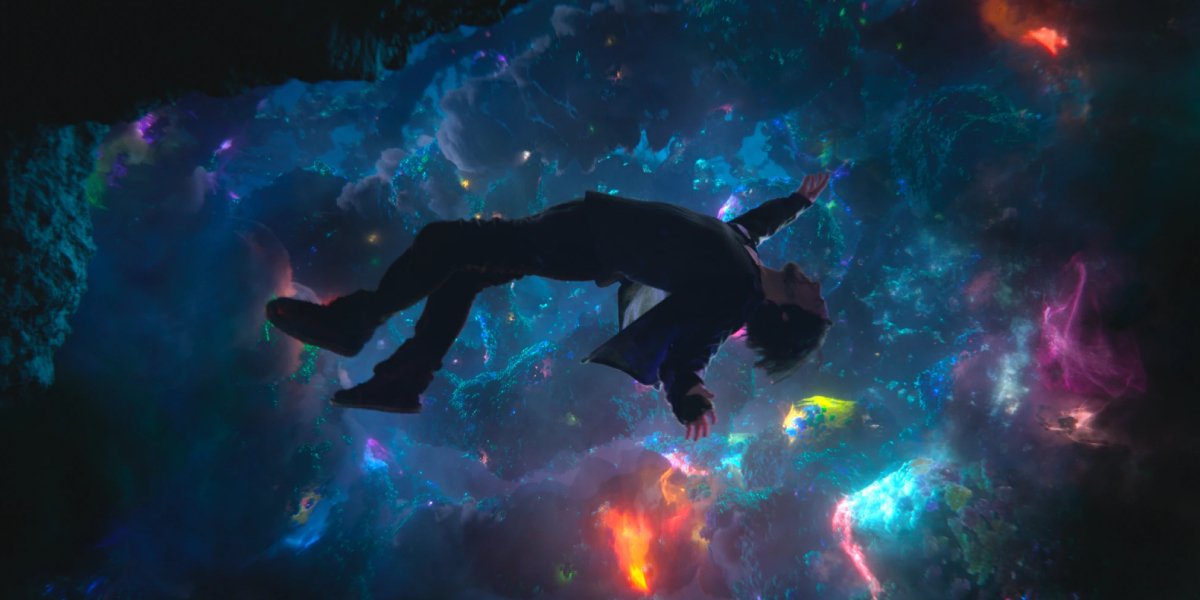
Without much comic book knowledge, I am sure that you would at least be familiar with there being a Marvel Comics universe and a Marvel Cinematic Universe with differing timelines existing in each. What you may not realize is that even these larger than life worlds are part of an even larger collection of realities in Marvel’s Multiverse, something the previous Marvel movies in order have only really hinted at thus far. Yet, it appears that will all change when we see Loki on Disney+, or upon the release of Doctor Strange in the Multiverse of Madness, if the title alone was not a clear enough giveaway.
But, what exactly is the Marvel Multiverse and how will it affect the Marvel Phase 4 movies if it has not affected the events of the MCU already? Well, the answer to that could actually be a lot more complex than I believe any of us are willing to go into. So, we will just break it down for you in the simplest ways we can come up with, using what we known about it from the pages of Marvel Comics, starting with a basic definition.
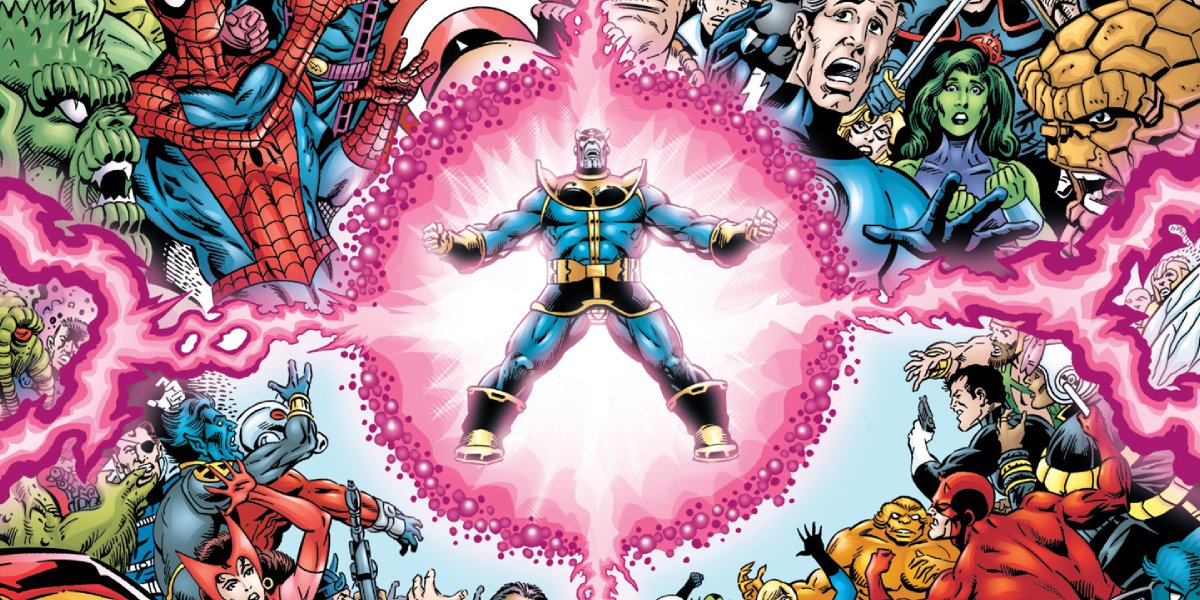
The Marvel Multiverse Is All Realities In Which Marvel Characters Exist
In 2019’s Spider-Man: Far From Home when Jake Gyllenhaal’s Mysterio tells Peter Parker (Tom Holland) about multiple realities, he specifies Peter’s dimension as Earth-616. Even though (SPOILER ALERT) the guy turned out to be full of shit, this accurately reflects the Multiverse as explained in the comics. A multiverse is defined as a collection of alternate universes that share a universal hierarchy, and the Marvel Multiverse is exactly that, with each reality housing its own version of the comic book publisher’s famous heroes.
We could also go into how the Multiverse is a subsection of the Omniverse, which is basically a collection of all realities you could think of (including the DCEU movies, all of the Star Wars movies and TV shows, and even our own reality). But, again, let’s keep it simple. The purpose of a multiverse is to give comic book writers freedom to create new stories that many not fit in with the main continuity, which has resulted in countless realities (and that is no exaggeration).
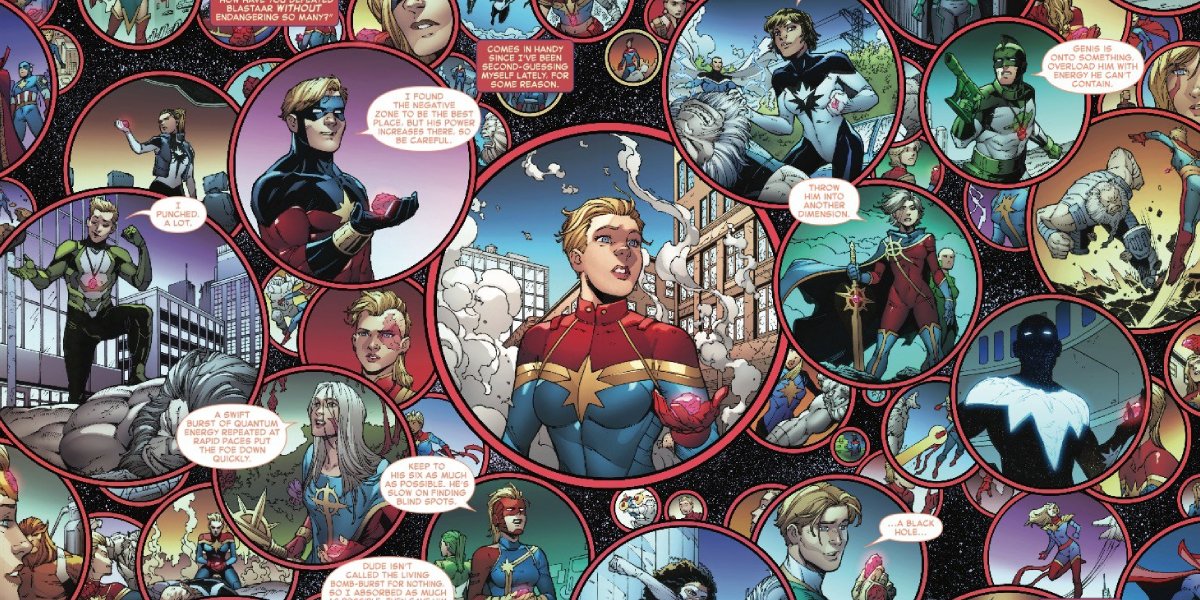
There Are An Infinite Number Of Realities In The Marvel Multiverse
If you visit the Multiverse page of Marvel’s Fandom wiki, you can find a list of all the known realities in the Marvel Multiverse with a note at the top that literally indicates it as “incomplete.” Therefore, I cannot give you a solid number of how many dimensions there are to follow in Marvel Comics, but can tell you that each one is a branch off of the oldest and most central timeline known as Earth-616. You may recognize this as the number Jake Gyllenhaal’s Mysterio designated to the MCU timeline, but that one is actually called Earth-199999.
Some other notable realities from the Marvel Multiverse include Earth-1610, which is also known as the Ultimate Universe, Spider-Man 2099’s universe called Earth-928, and the Marvel Zombies universe (which we’ll see a glimpse of on the Disney+ What If…? TV show) takes place on Earth-2149. There is also a name given to the X-Men movies timeline (Earth-TRN414), and the comics have even designated the reality we live in as Earth-1218.
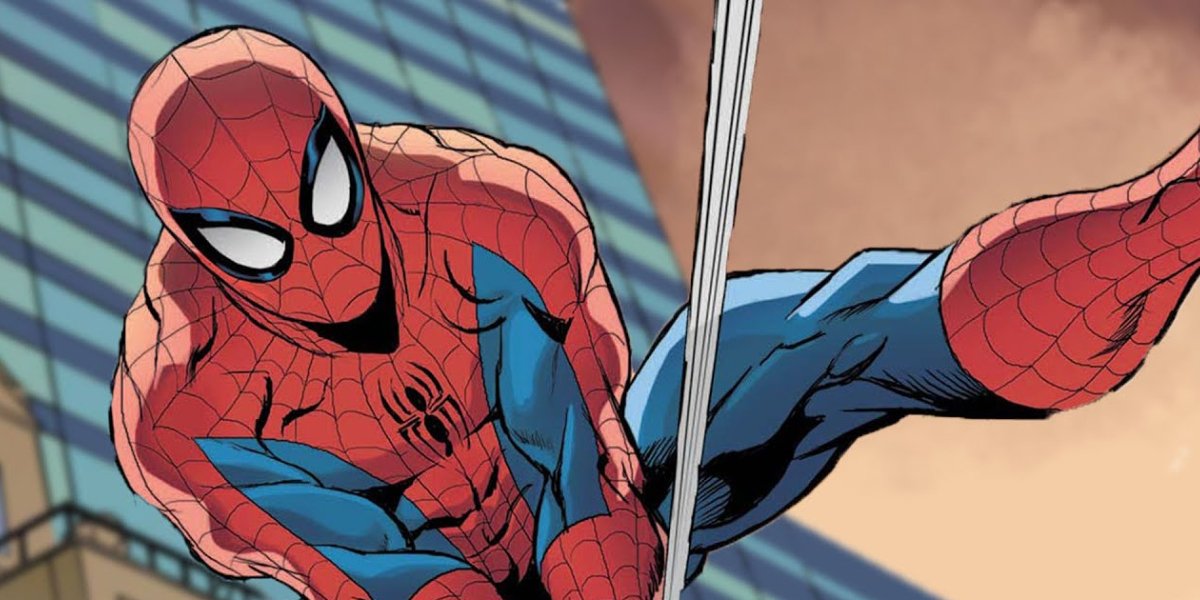
Each Earth In The Marvel Multiverse Has A Different Centralized Character
Now, if all of this is already becoming confusing to you, believe me - I feel your pain. Luckily, to help you distinguish between the different realities in the Marvel Multiverse, sometimes all it takes is paying attention to just one character. The trick is to find the right one.
CINEMABLEND NEWSLETTER
Your Daily Blend of Entertainment News
For instance, in Earth-616, Spider-Man is actually the one character with the most essential ties to everything that takes place in that timeline, making him its centralized character. Wolverine is the centralized character of the Ultimate Universe, which the X-Men movies were heavily inspired by and, thus, why an X-Men movie without Hugh Jackman was rare for so long. By that logic, you would probably be able to guess that Tony Stark is the centralized character of the Marvel Cinematic Universe after Iron Man kicked off the timeline in 2008.
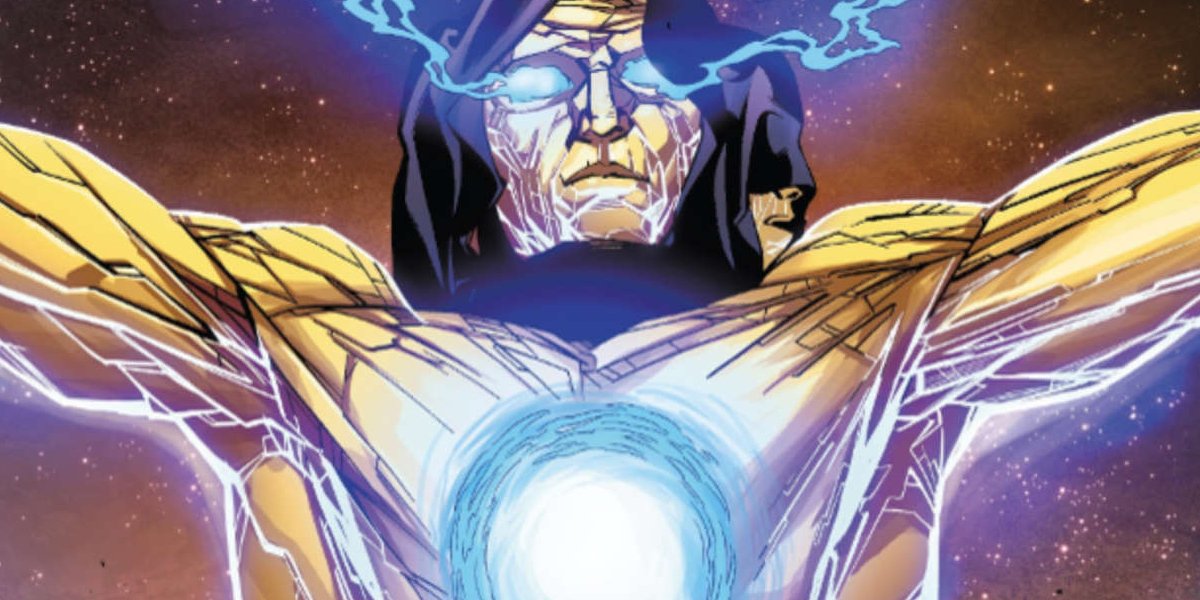
Some Beings Exist Outside Of The Marvel Multiverse
There are some characters without direct ties to one reality whose actions do not even affect any existing universes, yet they could still determine whether or not a certain reality should exist. These beings - ranging from celestials to bureaucratic organizations - could even be considered protectors of one or all realities, such as Merlyn - the original protector and categorizer of the Marvel Multiverse. The wizard would establish the Captain Britain Corps, assigning a different agent to monitor each reality’s version of the British Isles and, by extension, that reality itself.
The Time Variance Authority, which Owen Wilson’s Loki character, Mobius M. Mobius, works for, is in charge of protecting the flow of time in the Multiverse - a responsibility that Doctor Strange has assumed for Earth-616. Yet, their jurisdiction still falls at the mercy of an eternal, multiversal, three-headed Titan who oversees all timelines, known as the Living Tribunal. Of course, even he is still an underling to the One-Above-All - who is essentially the Marvel equivalent to the God.
While mentioning the head honcho of the entire Marvel Multiverse sounds like a good place to end, I could actually keep talking about this for the amount of time it would take to read every Marvel Comics title every published. There are so many different realities, characters, and variants of iconic scenarios I have yet to cover, such as how there are a total of eight Infinity Stones in the Ultimate Marvel Universe, or how time travel works in the Multiverse (as Avengers: Endgame would help demonstrate), or how it all ties to the very real concept of string theory. However, once again, I promised to keep things simple with this breakdown and what I have presented to you above is about as simple as it gets.

Jason Wiese writes feature stories for CinemaBlend. His occupation results from years dreaming of a filmmaking career, settling on a "professional film fan" career, studying journalism at Lindenwood University in St. Charles, MO (where he served as Culture Editor for its student-run print and online publications), and a brief stint of reviewing movies for fun. He would later continue that side-hustle of film criticism on TikTok (@wiesewisdom), where he posts videos on a semi-weekly basis. Look for his name in almost any article about Batman.
